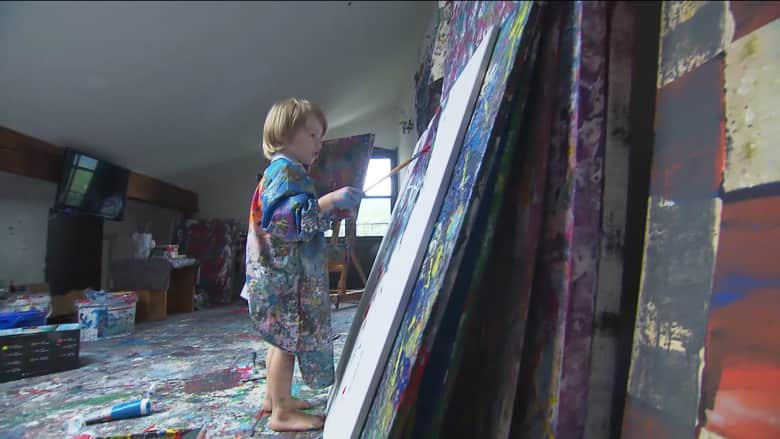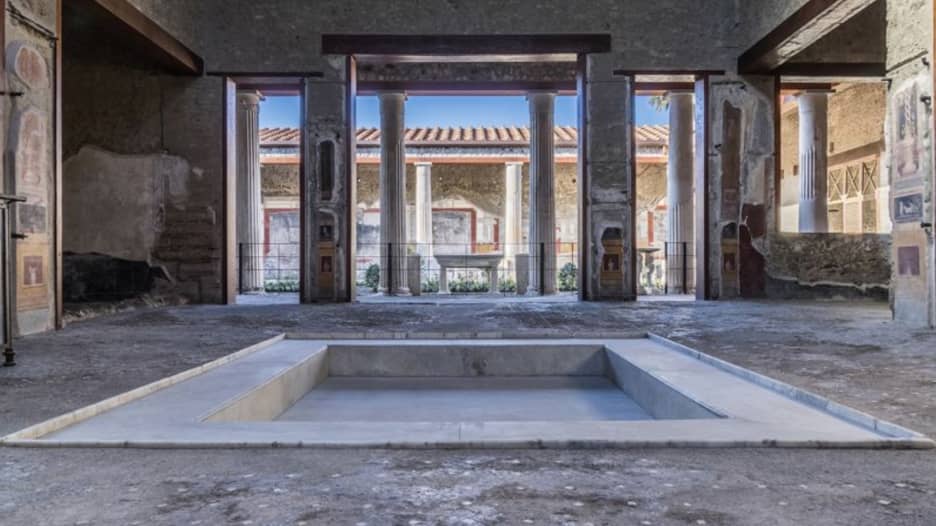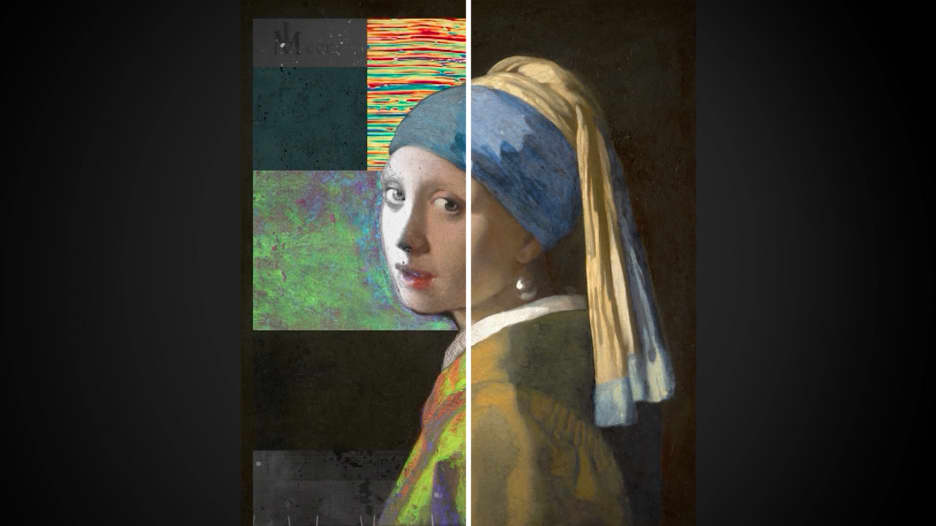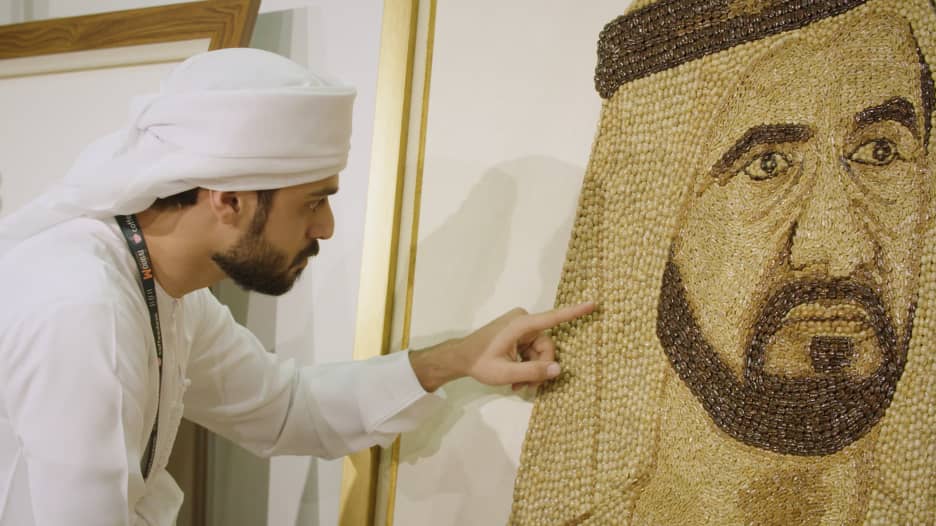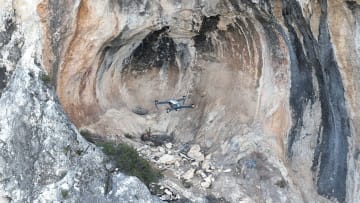دبي، الإمارات العربية المتحدة (CNN)-- انتشار الفن على نطاق واسع، ماذا كان يُقصد به في ذروة عصر النهضة؟ فقد شهد شمال بلجيكا طفرة اجتماعية اقتصادية، بين القرنين الخامس عشر والثامن عشر، من خلال الفن. إذ أحدثت الطبقة الوسطى العليا الناشئة تحوّلًا جذريًا في كيفية تكليف اللوحات. وساهمت تقنية الطباعة بانتشار الصور.
ومع تحوّل المنطقة إلى مركز للازدهار الرأسمالي والاستعماري، تحوّلت مدن "أنتويرب" و"بروج" و"غنت" إلى مراكز عالمية. وشكّل ذلك لحظة حاسمة في تاريخ الفن، ما أدى إلى اكتساب الفنانين مكانة النجوم، وتحوّلت اللوحات إلى قطع فنية مرغوبة.

قالت كلوي م. بيليتييه، القيّمة على معرض "Saints, Sinners, Lovers and Fools: Three Hundred Years of Flemish Masterworks"، في متحف مونتريال للفنون الجميلة: "عندما يكون لديك المال، فأنت ترغب بإنفاقه.. والطريقة الرائعة للقيام بذلك هي شراء الأعمال الفنية لجدران منزلك الجديد".
ويعكس المعرض المستمر حتى 20 أكتوبر/ تشرين الأول، 137 عملاً فنياً من تلك الفترة، إضافة إلى لوحات ومنحوتات ومطبوعات. ويشير عنوانه إلى النماذج الأوّلية التي رسمها بيتر بروغل، وبيتر بول روبنز، وجاكوب جوردانز، والعديد من الفنانين الآخرين.

ولا يختلف الأمر كثيرًا عن نشر صور أو مقاطع فيديو من عطلة في بلدة أمالفي الإيطاليةـ أو حفل زفاف فاخر عبر "إنستغرام" اليوم. فكان جامع اللوحات في تلك الحقبة الذي يسعى لجذب انتباه الجمهور، يتباهى بثروته من خلال الجلوس لرسمه داخل إطار يشّع تباهيًا بالازدهار والانتصار.
خذ على سبيل المثال لوحة رسمتها ميخائيلينا فاوتييه في منتصف القرن السابع عشر، حيث تُصوّر شخصًا يرتدي قميصاً حريرياً أسود اللون أمام لوحة كان قد حصل عليها من روبنز.
وأدت هذه الفئة الجديدة من هواة جمع الأعمال الفنية إلى ظهور سوق الفن الذي نعرفه اليوم.
وبعدما تحرروا من التقليد القديم المُتمثّل بإنشاء أعمال بناءً على طلبات الرعاة الدينيين والأرستقراطيين، بدأ الرسّامون في إنشاء لوحات فنية كي يتم الترويج لها وبيعها من قبل تُجّار الأعمال الفنيّة.
وعززت الأهمية المتزايدة لآلة الطباعة من تداول هذه اللوحات الجذّابة من منازل هواة الجمع إلى منازل الناس العاديين، وحتى في الشوارع.
بعبارة أخرى، أدّت هذه الطريقة إلى انتشار الأعمال الفنيّة على نطاق واسع.

وقالت ستيفاني بوراس، مؤرخة الفن ومؤلفة كتاب "The First Viral Images: Maerten de Vos, Antwerp Print, and theEarly Modern Globe"، لـCNN، إنّ فكرة الانتشار "تبدو وكأنها تفتح مجالًا للتفكير في القضايا التي لم يُفكّر فيها مؤرخو الفن تقليديًا: الطرق التي يمكن من خلالها تشكيل حركة الصور وتوجيهها من خلال الشبكات الاجتماعية".
وأشارت بيليتييه إلى أن جامعي الأعمال الفنية في تلك الحقبة، كانوا يمتلكون في المتوسط 30 لوحة في المنزل. وكانت إحدى الهوايات الشائعة أثناء الحفلات أو التجمّعات الاجتماعية هي تخمين هوية رسّام العمل، أو ما إذا كان صانع العمل هو الأستاذ أو المتدرب.
على سبيل المثال، تُظهر إحدى لوحات الفنان جان ماسيس التي يعود تاريخها إلى العام 1530، رجلين مبتسمين ويلعبان بوعاء من العصيدة. ويوجد فوقهما 4 أيقونات تعكس كلًا من حرف الـ"D"، والكرة الأرضية، والقدم، وآلة الكمان.
ويُمثّل هذا العمل لغزًا يتعيّن على المشاهد فكّ شيفرته.
وعندما تُلفظ هذه الرباعية بصوت عالٍ باللغة الهولندية، فإنها تتناغم مع "the world feeds many fools"، أي "العالم يُطعم العديد من الحمقى"، وذلك بفضل تشابه كلمتي "foot"، أي "قدم"، و"feed"، أي "يُطعم".

ويمكن أن تنتشر الروايات الكاذبة أيضًا من خلال الصور الرائجة.
وساعدت الروايات الاحتيالية عن السكان الأصليين، مثل انتشار ظاهرة أكل لحوم البشر بين الكاريبيين، في تبرير استعمار العالم الجديد.
ويتضمن المعرض أعمالًا فنية تُصوّر هذا الترويج للخوف، ضمنًا نقش جان فان دير سترايت الذي يعود إلى أواخر القرن السادس عشر للمستكشف الإيطالي أميريغو فسبوتشي وهو يواجه أشخاصًا يشوون ساقًا بشرية.
ويطرح قضية قوية حول تأثير الصور المضللة، سواء كانت مصنوعة باستراتيجيات إمبريالية آنذاك، أو اليوم من خلال الذكاء الاصطناعي.
واليوم، لم نعد غرباء عن كيفية استخدام الصور لنشر الأفكار الضارة عبر الإنترنت. ولكن، كان الأمر حديث العهد آنذاك، حيث وفرت اللوحات للجمهور مفردات بصرية لاستيعاب المشهد الاجتماعي المتغير بسرعة.
وأدى الانتشار السريع للصور إلى وفرة المعرفة، سواء كانت المفيدة أو المضللة أو السخيفة، مثل التدفق المعاصر للبيانات الذي يخترق وعينا بلا انقطاع اليوم.
